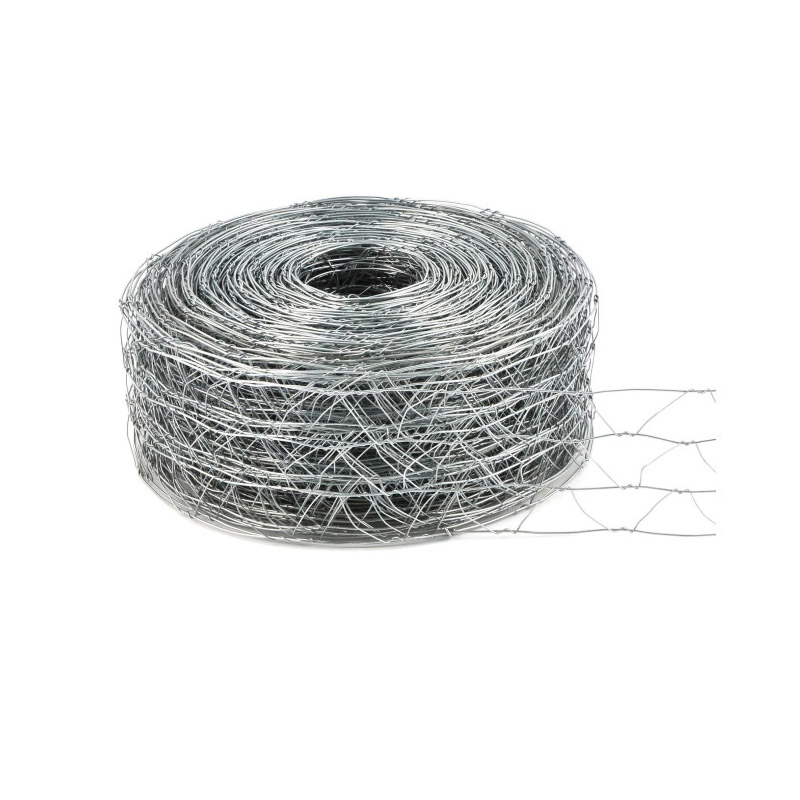
- Mobile Phone
- +8613931874955
- sales@cntcmetal.com
wall ties for concrete
Wall Ties for Concrete An Essential Component in Construction
In modern construction, the integrity and stability of concrete structures are paramount. Among the myriad components contributing to this stability, wall ties play a critical role, especially in projects involving masonry, concrete walls, and formwork systems. Wall ties are essential for ensuring that structures remain stable, secure, and resilient against a variety of forces. This article delves into the purpose, types, installation, and considerations surrounding wall ties in concrete construction.
The Purpose of Wall Ties
Wall ties serve several vital functions in concrete construction. Primarily, they connect two separate elements, such as the inner and outer layers of a masonry wall. This connection is crucial for maintaining alignment and strength, particularly in cavity walls and multi-layered constructions. Wall ties help distribute loads evenly, allowing walls to withstand both vertical and lateral forces. Furthermore, they provide resistance against the effects of wind, seismic activity, and other external pressures that can jeopardize a building's structural integrity.
In addition to stability, wall ties also play a significant role in preventing moisture ingress. They can facilitate proper drainage in cavity walls, minimizing the risk of water damage and mold growth. The correct spacing and installation of wall ties are vital to ensure that gaps aligned with weep holes allow for effective water drainage.
Types of Wall Ties
Several types of wall ties are available, each tailored to specific applications and materials used in construction. Common types include
1. Metal Wall Ties Usually made of steel or stainless steel, these ties are strong and durable. They are primarily used in brick and block walls to connect the inner concrete structure to the masonry facade.
2. Plastic Wall Ties Lightweight and resistant to corrosion, plastic wall ties are often used in modern construction, particularly when there is a concern about thermal bridging. They help maintain energy efficiency in buildings.
3. Composite Wall Ties These ties combine the benefits of both plastic and metal, offering excellent strength while minimizing thermal conductivity. They are becoming increasingly popular in energy-efficient designs.
wall ties for concrete

4. Adjustable Wall Ties These allow for flexibility during installation, accommodating variations in wall thickness and alignment. This adaptability makes them ideal for projects where precision is key.
Installation Considerations
Correct installation of wall ties is crucial for their efficacy. It is essential to follow industry standards and manufacturer guidelines to ensure proper placement, spacing, and alignment. Typically, wall ties should be installed at regular intervals, usually between 16 to 24 inches apart, vertically and horizontally, depending on the wall structure and load requirements.
The depth at which wall ties are embedded is also critical. A minimum embedding depth of at least 1.5 inches into the mortar joint is often recommended to provide adequate holding strength. Care must be taken to avoid compromising the structural integrity of the wall during installation, as incorrect placement can lead to significant issues, including wall bowing or cracking.
Future of Wall Ties in Concrete
As construction methods evolve and new materials emerge, the design and usage of wall ties will likely continue to advance. The growing emphasis on sustainability and energy efficiency will drive innovation in wall tie materials and designs. Manufacturers may increasingly explore alternative materials to enhance performance while reducing environmental impacts.
Moreover, advancements in technology, such as 3D modeling and prefabrication, may lead to more precise and effective installations of wall ties. These innovations could result in improved construction timelines, reduced costs, and enhanced overall structural integrity.
Conclusion
Wall ties play an indispensable role in the construction of concrete structures, providing necessary support and stability while enhancing durability and moisture management. Understanding the various types, their installation requirements, and future trends can lead to better construction practices and improved outcomes in building safety and performance. As the industry continues to evolve, the significance of wall ties will undoubtedly remain a cornerstone of sound engineering practices in concrete construction.
share:
-
Why Sacrificial Formwork Is Redefining Underground ConstructionNewsJun.06,2025
-
The Structural Dynamics of Modern Concrete: How Snake Spacers Revolutionize Flexible ReinforcementNewsJun.06,2025
-
Snake Spacers Smart-Lock Concrete Reinforcement with Surgical PrecisionNewsJun.06,2025
-
Snake Spacers: Reinforcement Precision for Modern Concrete ProjectsNewsJun.06,2025
-
Snake Spacers Powering Concrete's Structural DNANewsJun.06,2025
-
Slither into Success: Snake Spacers' Precision Bite for Unbreakable ReinforcementNewsJun.06,2025
-
Sacrificial Formwork: Building Stronger, Faster, and Safer StructuresNewsJun.06,2025



















